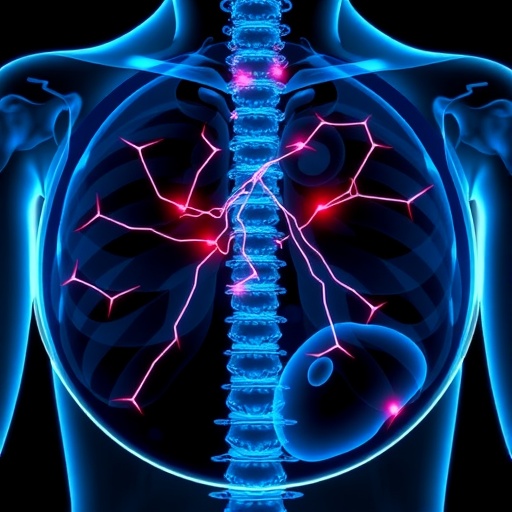
Credit: Washington University School of Medicine in St. Louis, MO
Richard L. Wahl, MD, FACNM, FACR, has been named this year's recipient of the Georg Charles de Hevesy Nuclear Pioneer Award for his contributions to nuclear medicine. Wahl is the Elizabeth E. Mallinckrodt Professor and head of radiology at Washington University School of Medicine in St. Louis, director of the university's Mallinckrodt Institute of Radiology and a professor of radiation oncology. He was presented the award by the Society of Nuclear Medicine and Molecular Imaging (SNMMI) during its 2018 Annual Meeting, June 23-26 in Philadelphia.
Wahl's research played an important role in the development of radioimmunotherapy for non-Hodgkin's lymphoma. He has also been a pioneer in the use of PET scans to diagnose and assess treatment of a broad array of human cancers and other diseases, and he is at the forefront of efforts to combine quantitative data from PET scans with computerized tomography (CT) to form "fusion" images that can help physicians more precisely diagnose and characterize cancers. Wahl and colleagues developed the PERCIST 1.0 criteria for assessing treatment response in cancer.
"Dr. Wahl is a true pioneer in nuclear medicine and molecular imaging," said SNMMI President Bennett S. Greenspan, MD, FACNM, FACR. "He performed many of the initial studies demonstrating the fundamental relationship between FDG uptake and glucose transporter expression in malignancy. This work contributed significantly to understanding the importance of using metabolic activity to determine prognosis, and of predicting response to therapy. He made important contributions to hybrid imaging and standardizing quantitative imaging. He also made significant contributions to the success of radioimmunotherapy. These contributions are foundational to the future growth of our field."
Wahl is an elected member of the National Academy of Medicine and has received honors from multiple organizations. He holds 18 patents and has published more than 400 peer-reviewed scientific manuscripts. He is the primary author of several textbooks, including Principles and Practice of PET and PET/CT. He has a strong interest in quantitative imaging, is on the coordinating committee of the Quantitative Imaging Biomarkers Alliance (QIBA) efforts of the Radiological Society of North America and has been a lead investigator in the Quantitative Imaging Network (QIN) of the National Institutes of Health.
"I am humbled and honored to receive this important award from the SNMMI," Wahl said. "I have been fortunate to have great mentors, collaborators, and energetic and motivated trainees with whom I must share this honor. As a physician scientist, it is most gratifying to see some of my contributions to nuclear medicine positively impacting patients with cancer. The SNMMI and the JNM have been important partners in moving this work from bench to bedside. There remain great opportunities for nuclear medicine."
Each year, SNMMI presents the Georg Charles de Hevesy Nuclear Medicine Pioneer Award to an individual for outstanding contributions to the field of nuclear medicine. De Hevesy received the 1943 Nobel Prize in chemistry for his work in determining the absorption, distribution, metabolism and elimination of radioactive compounds in the human body. His work led to the foundation of nuclear medicine as a tool for diagnosis and therapy, and he is considered to be one of the fathers of nuclear medicine. SNMMI has given the de Hevesy Award every year since 1960 to honor groundbreaking discoveries and inventions in the field of nuclear medicine.
The list of previous recipients of this award includes numerous Nobel laureates–such as Ernest Lawrence, who invented the world's first cyclotron for the production of radionuclides, and Glenn Seaborg, who discovered more than half a dozen new elements.
###
ABOUT THE SOCIETY OF NUCLEAR MEDICINE AND MOLECULAR IMAGING
The Society of Nuclear Medicine and Molecular Imaging (SNMMI) is an international scientific and medical organization dedicated to advancing nuclear medicine and molecular imaging, a vital element of today's medical practice that adds an additional dimension to diagnosis, changing the way common and devastating diseases are understood and treated and helping provide patients with the best health care possible.
SNMMI's more than 16,000 members set the standard for molecular imaging and nuclear medicine practice by creating guidelines, sharing information through journals and meetings, and leading advocacy on key issues that affect molecular imaging and therapy research and practice. For more information, visit http://www.snmmi.org.
Media Contact
Laurie F Callahan
[email protected]
@SNM_MI
http://www.snm.org
Original Source
http://www.snmmi.org/NewsPublications/NewsDetail.aspx?ItemNumber=29427





